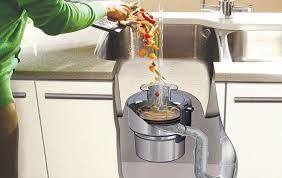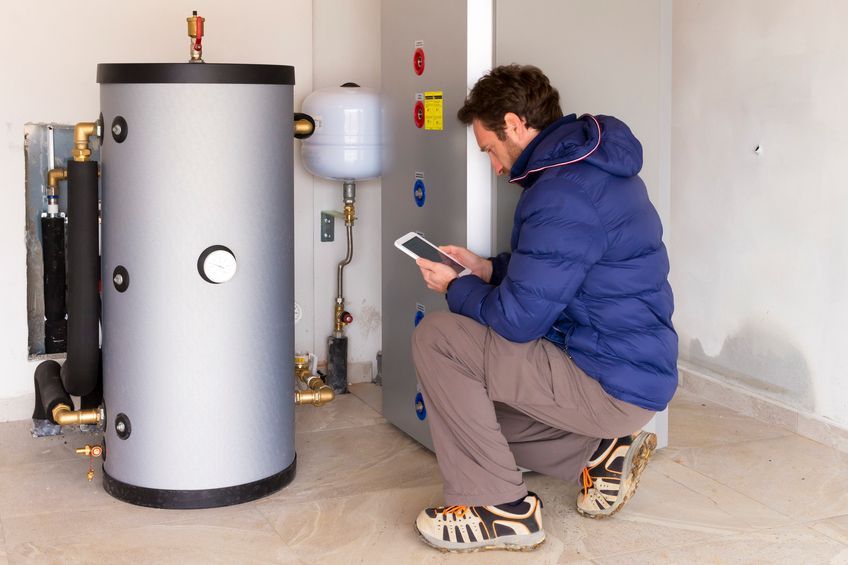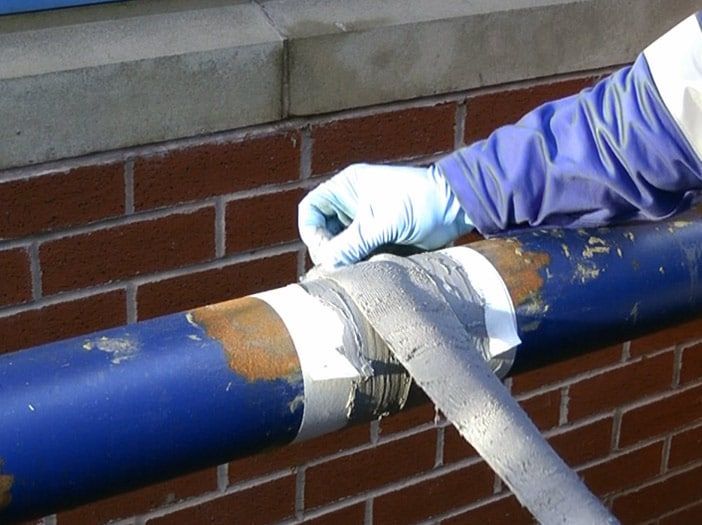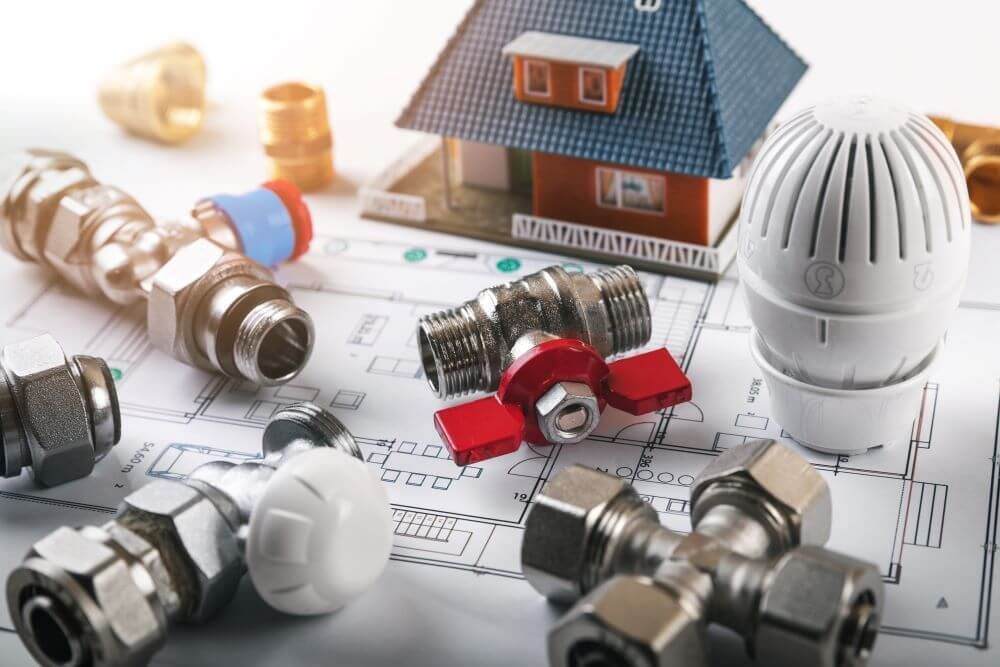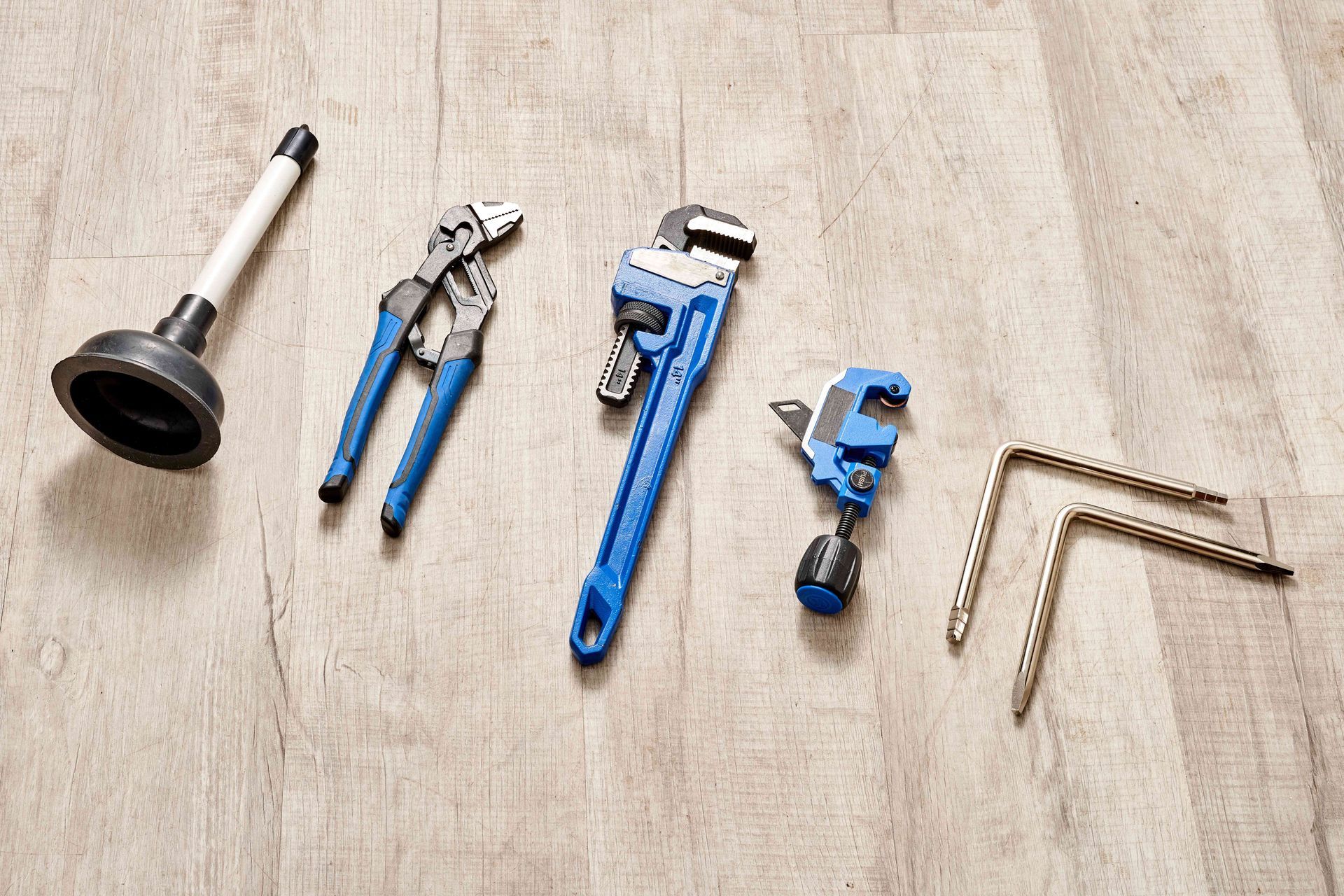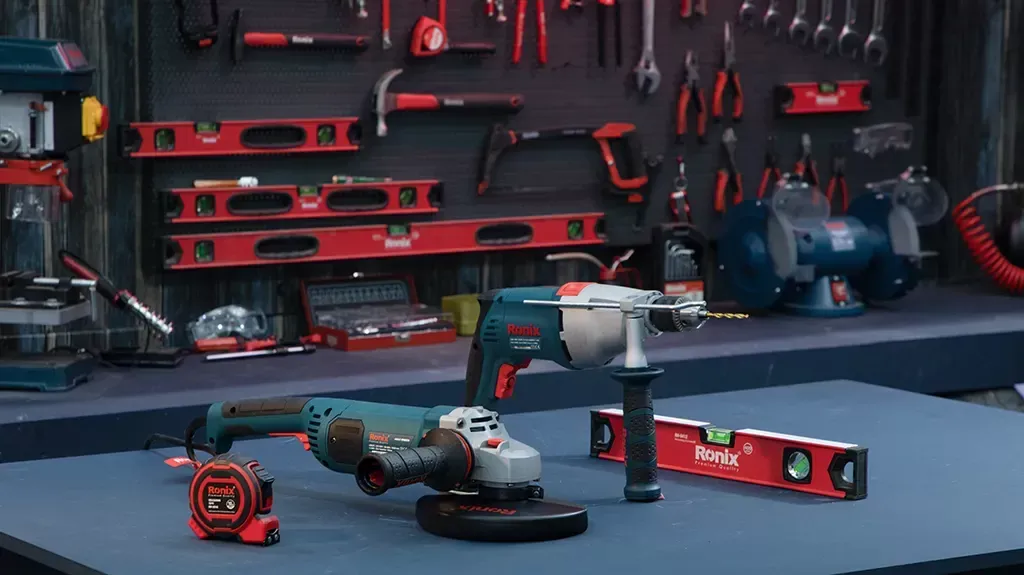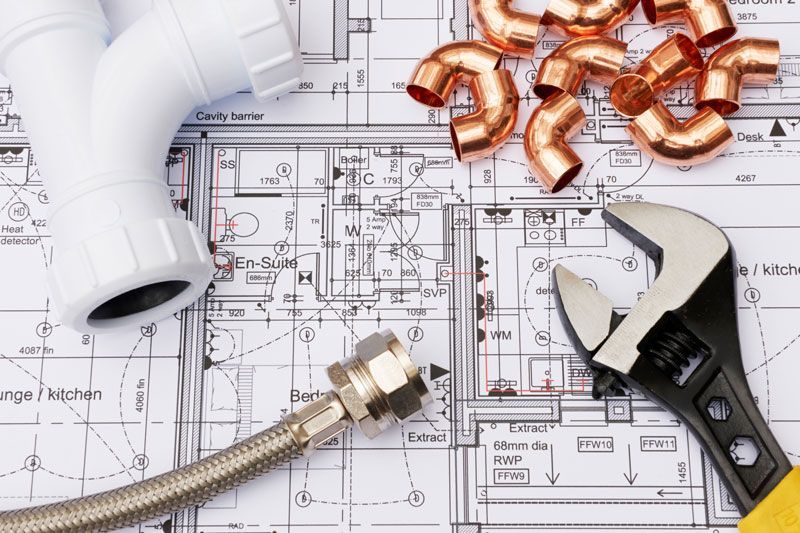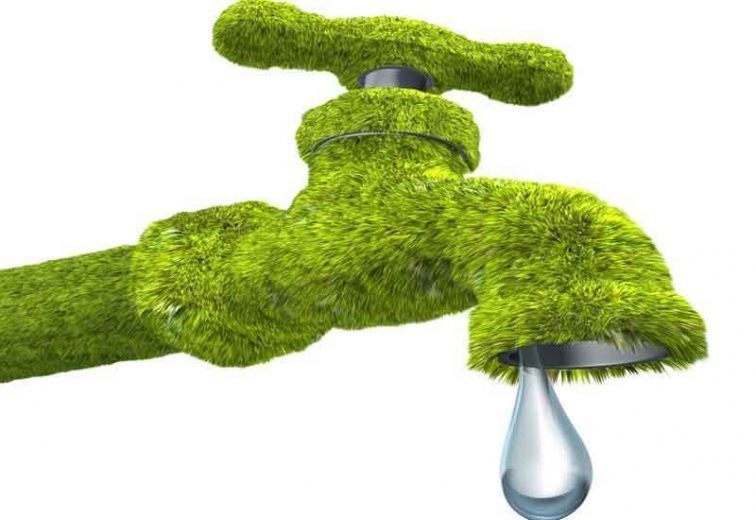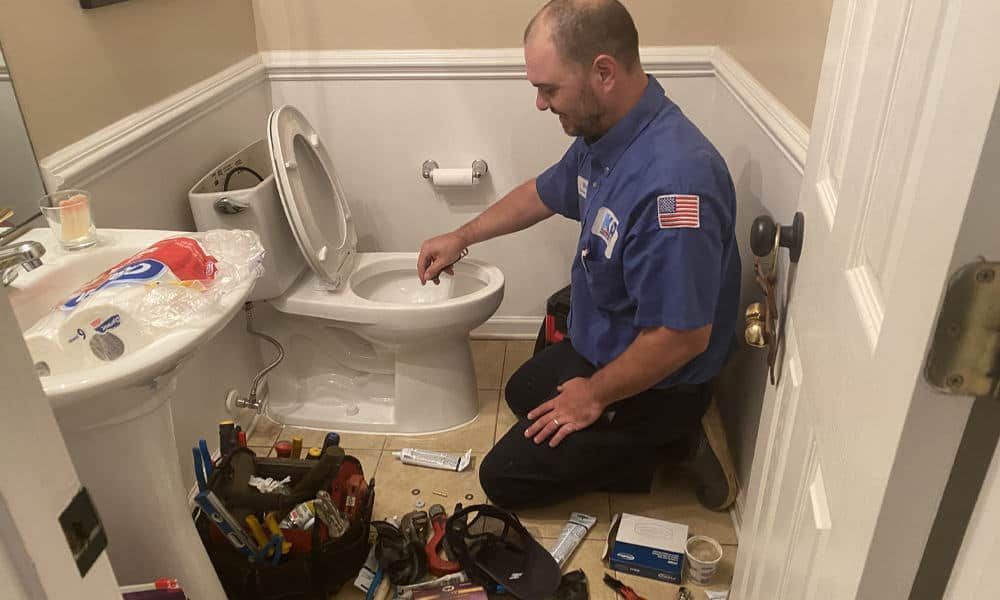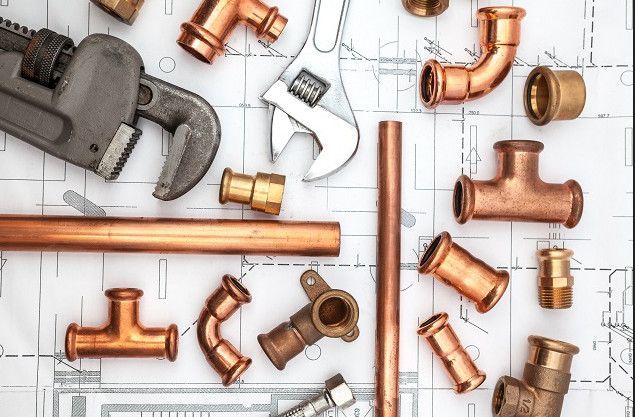What Temperature Should I Set For My Water Heater?
What Temperature Should I Set For My Water Heater?
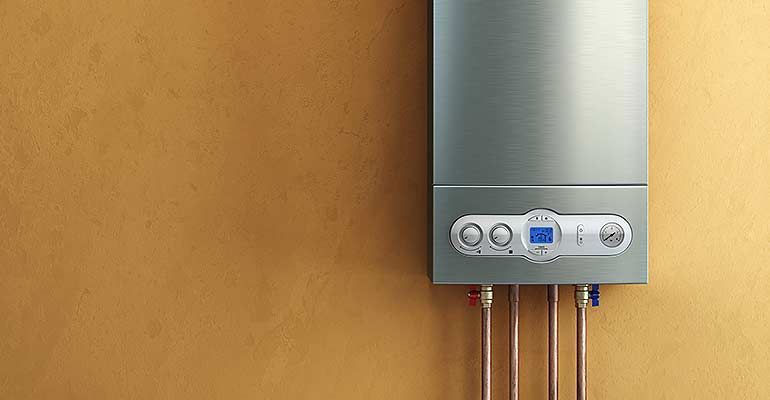
You have hot water, which means you have a hot water heater. If that is the extent of what you know about your home’s hot water heater, you’re not alone. You probably have quite a few questions regarding it. One of these may be what the temperature should be set at. Did you know you could even adjust it? You can! Your home’s water heater has a maximum temperature setting that controls how hot the water in your faucets may be at any given time.
Just like your air conditioning unit on your wall, your hot water heater can be turned up and down. Some people like it cooler and some people like it hotter. Others prefer to put it on a setting that lowers their electric bill. A new water heater is typically preset to a maximum temperature of 140 degrees Fahrenheit. Some say that’s the ideal temperature, while others argue that it’s better to reduce the maximum temperature to 120. Is there a one-size-fits-all answer to this question? Sort of. The Consumer Product Safety Commission (CPSC) recommends setting the water heater at no more than 120 degrees Fahrenheit to prevent scalding.
The argument for setting it to 120 degrees include the fact that it’s better for the environment. It takes electricity to heat your water and maintain that temperature in the storage tank. This means lowering the temperature also saves you money. This temperature change can potentially save you up to $60 a year. A lower temperature also prevents mineral buildup. Cooler water is less likely to deposit minerals in your pipes, minimizing issues caused by hard water and keeping your water flow unobstructed. Last but certainly not least, it prevents dangerous scalding. Water coming out of the faucet at 140 degrees can cause serious burns within two or three seconds. In comparison, it takes a minute or two of exposure to 120 degree water before the skin burns.
It’s possible adjusting the temperature doesn’t give you the results you’re looking for, which means there’s an issue with your hot water heater. If you’re worried about this, the thing to do is adjust the temperature dial on your water heater to a higher degree, wait about 30 minutes, and then check the water temperature at a faucet. If that doesn’t change anything, you may need a plumber to come out and drain the water tank to remove sediment. This will boost the unit’s efficiency, regardless of the temperature. The issue may also be a faulty component, such as a temperature-pressure relief valve, heating element, or dip tube. DOn’t worry, though. The plumber can repair or replace any of these as well!
Hopefully, this answered your question. If not, reach out to a Plumbers Cheap and ask! We will be more than happy to answer any additional questions you have regarding hot water heater repairs, as well as come out to fix your hot water heater if there is a problem.




